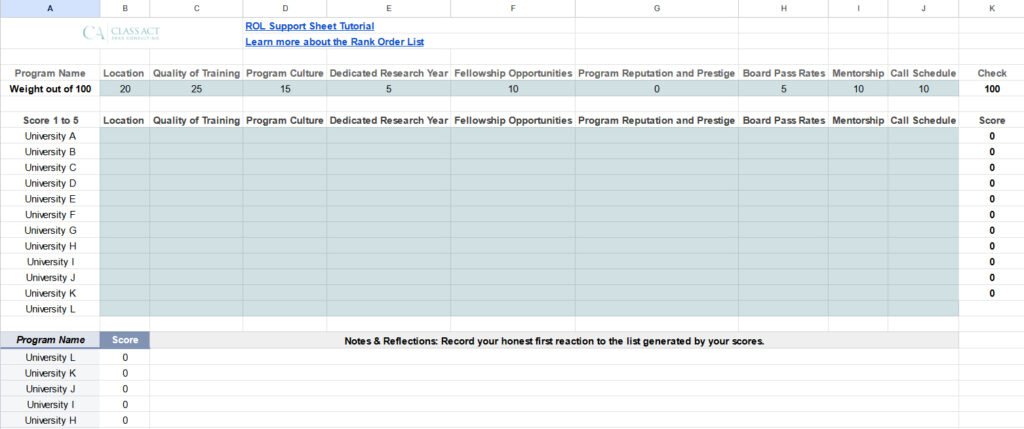Writing A Post-Interview Thank You Letter
A thoughtful and personalized post-interview thank you letter can reinforce the positive impression you made during your interview and showcase your professionalism beyond the formal
“Your work is amazing! I would definitely be worse off without you. I am very grateful for your feedback and patience with the revisions.”
“Just wow! I am absolutely in love with my PS! Zef is so talented! There’s nothing I would change.”
“Thank you for sharing the draft, Tiffany! I really like your style and approach, especially how you have woven my personal background into my experiences and skills.”
“Thank you so much! I did a first read through of the PS and feel like it paints a great picture of who I am.”
“I really like my ERAS Application. Thank you!”
“I think my PS is perfect, Zef. I can’t do better than this. Thank you very much!”
“I love my LoR! Everything I wanted to see in it!”
“I love the PS and don’t think it needs any changes. It captures all the things that are most important to me – Thank you, Tiffany!”
“Excellent on all 3 points. I am 200% satisfied. You did an awesome job!”
“I really like your style and approach, especially how you have woven my personal background into my experiences and skills.”
“Wow, that is the best of the best! I am not able to impress with such beautiful words as you do but I can say that I love my PS! I want to stay with this version. Thank you!”

I get asked about “ROL strategy” a lot, and it’s not what most people think it is. After reading, you’ll see the Rank Order List process is a personal one based on your priorities, not a numbers game.
The only applicant strategy involved in ranking is deciding on a list of criteria that matter to you. For example:
Whatever your wishlist for training is, write that down!
Then score programs in the categories, add up the numbers, and see where that gets you. Use any scale you like, but something like 1-5 is easy to manage (1 = least desirable, 5 = most desirable).
If you’re disappointed in how programs fell into place on your list, ask yourself why and re-evaluate. Maybe you’re missing a category, or maybe you’re giving too much weight to something like location.
The point is, ROL “strategy” is simply figuring out how to order your programs from most to least desirable based on what you actually care about.
For some reason, there’s a lot of talk about “gaming the system” by ranking programs according to A) how likely (you think) they are to rank you and/or B) how high (you think) they’ll rank you. Allow me to share why you shouldn’t waste your time thinking about this!
Scenario
Imagine you interviewed at 5 programs, Hospital 100 is your honest-to-goodness, true favorite, your #1 rank. Then you have Hospitals 90, 80, 70, in decreasing order of desire and finally 60, which was your least favorite place but still one you’d be okay training at.
Your ROL, in order of your 100% honest, well-considered preferences:
| Rank # | Program |
| 1 | Hospital 100 |
| 2 | Hospital 90 |
| 3 | Hospital 80 |
| 4 | Hospital 70 |
| 5 | Hospital 60 |
Since you’re the first application being processed, you’ll be placed at the top of their list, but you might not stay there. When the algorithm processes the next person’s ROL, it will check if Hospital 100 is on it and then check to see where the applicant falls on the hospital’s list (if at all). If they are ranked lower than you, you keep your spot. If they are ranked higher than you, you’ll get bumped down a spot. Repeat until all Rank Order Lists are processed.
You’re basically hoping A) your #1 ranked you high enough to secure a spot right off the bat (they have 3 seats; you are ranked within the top 3 + you rank them #1 = it’s locked in). If not, you’re just trying to hang on to a seat as the ROLs are processed.
Option #2: If you are the 322nd, 973rd, or 1,018th Rank Order List processed.
This may or may not lock you into a match, depending on if there is someone ranked higher than you still waiting in the ROL pile. If you don’t outrank anyone currently on the list, the algorithm moves to Hospital 90 and the process starts again.
Takeaways: The (Nobel Prize-winning) algorithm was designed to match you with an open seat at your most preferred program, if at all possible. The major variable at play is how hospitals rank you, but that’s out of your control during ROL season (and not information you should have anyway–it’s a violation on the program’s part to share).
You are not going to lose your seat at a program that ranked you high because you ranked them low. If you’re high enough on their list (within their open seat count), and you didn’t match anywhere else, you’ll match there. If you weren’t ranked within their open seat count to begin with, and they fill the seats with applicants ranked higher than you, you won’t match there, and you never would have, even if you ranked them #1.
The only reason for not matching is because an applicant wasn’t ranked high enough (or at all) on programs’ lists. It has nothing to do with how you order your ROL.
Of note: The order of processing Rank Order Lists doesn’t impact the final outcome. The outcome is literally determined at the moment of the ROL deadline.
Let’s say you want Hospital 100 the most, but you are pretty sure they won’t rank you. You are feeling very sure that Hospital 6 is going to rank you highly. It’s your least favorite, but someone convinced you that ranking it #1 increases your chances of matching. You order your programs 60, 70, 80, 90, 100, thinking this gives you the best chance.
The algorithm will check Hospital 60’s list first, and if you are at or near the top as you suspected, you’ll almost certainly get locked in and match at Hospital 60. It is possible of course that Hospital 60 only has 2 spots and you’re ranked #3, so if #1 or #2 ranked the program highly, they’ll bump you off the list, and the algorithm will move down your list and see if Hospital 70 ranked you. You’re very unlikely to make it to Hospital 100 by this method.
Take away: Putting a program you love lower on your list does nothing to help you and substantially reduces your odds of matching there, because your list says you’d rather go to several other places, if at all possible.

If you’re planning on couples matching, definitely visit this NRMP resource for all the details (there are a lot). Couples need to think strategically about one thing in addition to their honest preferences: making sure all possible program combinations are present on their paired lists.
For example, if both people are ranking the same 2 programs, there are 4 possible rank combinations to create and order:
| Rank | Jim | Pam |
| 1 | Hospital 100 | Hospital 100 |
| 2 | Hospital 100 | Hospital 90 |
| 3 | Hospital 90 | Hospital 100 |
| 4 | Hospital 90 | Hospital 90 |
And there you have it: ROL Strategy, Explained!
Your Rank Order List is an important part of your matching journey and should be exciting to think about and create! Define your dream residency, and rank accordingly.
A thoughtful and personalized post-interview thank you letter can reinforce the positive impression you made during your interview and showcase your professionalism beyond the formal
While letters of interest have been (an optional) part of the match process for a long time, there’s some skepticism about whether they will be
Authenticity during residency interviews is key to your success–but it’s hard to be yourself if you’re nervous and unprepared! These strategies will help improve your
If you’re applying to the NRMP match as an IMG, you’ve likely encountered the terms “ECFMG Certification” and “ECFMG Verification.” Understanding the distinctions between these
Curious about what goes into a strong LoR for medical residency? An effective letter of recommendation communicates details about all or most of the following
The residency personal statement is an incredibly important aspect of your application, and there is tremendous pressure to “get it right.” All too often, this
The MSPE (Medical School Performance Evaluation) is an important component of your ERAS Application. While traditionally written by medical school deans or faculty members, some
Reddit is a major social media platform for IMGs. Here’s a list of some commonly asked questions in IMGreddit, a popular sub with 42k+ members.
If you’re expecting to sit down at the computer and write your residency personal statement from start to finish in one sitting, odds are you’ll
The purpose of your MyERAS Application (often called the ERAS CV) is to highlight your experiences in a way that’s attractive to programs. This isn’t